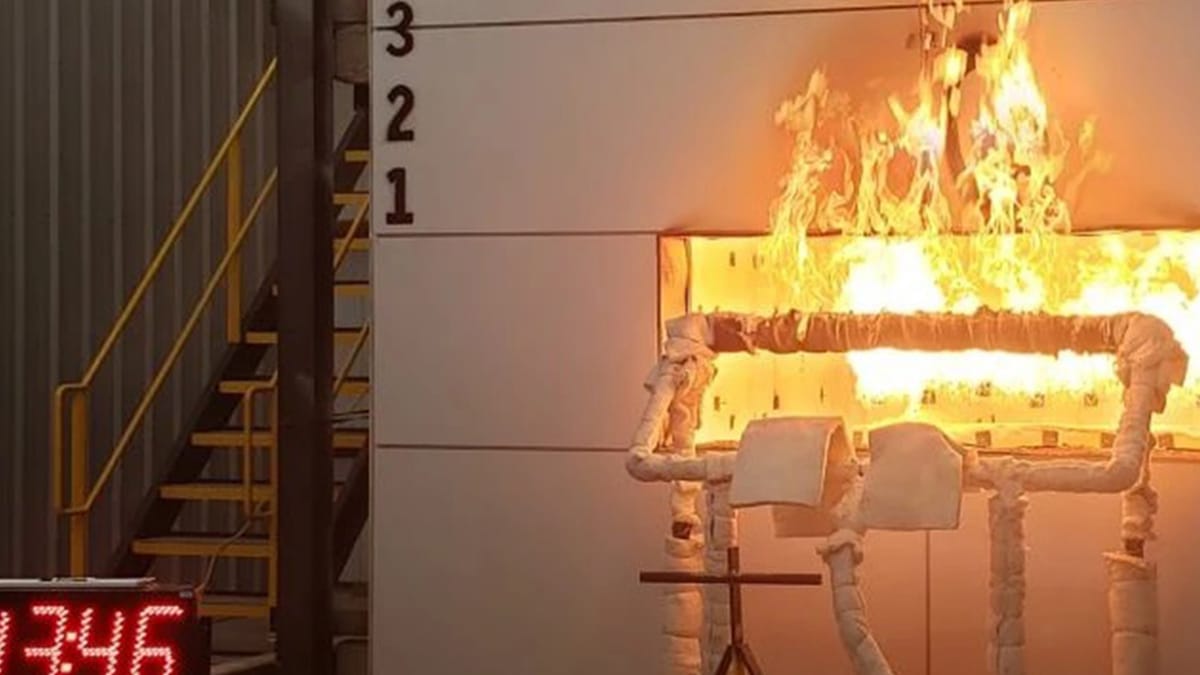
23 Sep MgO Fire Resistant Wall panels vs Gypsum Wall Panel
Table of Contents
You need strong fire protection when building in risky places. MgO Fire Resistant Wall panels are not better than gypsum wall panels for fire resistance. Recent studies show gypsum boards handle heat better. Magnesium oxide boards can crack when it gets very hot.
Gypsum plasterboards have better fire resistance than magnesium oxide boards.
Magnesium oxide boards might crack if they get too hot.
Builders and homeowners like MgO panels for being eco-friendly and strong. More people are buying MgO panels now. But you should think about fire safety before you choose.
Key Takeaways
MgO fire resistant wall panels are very safe from fire. They have an A1 rating. This makes them good for places with high fire risk. – Gypsum wall panels are lighter and cost less. But they do not last as long. Water can damage them easily. – Pick MgO panels for wet places like bathrooms and kitchens. They do not get ruined by water or mold. – Think about costs over time. MgO panels cost more at first. But they last longer and save money later. – You can paint both types of panels. Always read the maker’s instructions for best results.
Panel Overview
What Are MgO Fire Resistant Wall Panels?
You see MgO fire resistant wall panels in many modern buildings. These panels use magnesium oxide mixed with other materials like magnesium chloride, perlite, and fiberglass mesh. This mix gives the panels strong fire protection and makes them tough against water. You can use MgO panels in places that get wet, such as bathrooms or kitchens. The panels have a fireproof rating of A1, which means they can handle high heat without breaking down. You notice that MgO panels absorb very little water, so they stay strong even in damp conditions. Builders choose MgO panels for their strength, impact resistance, and eco-friendly features. You pay more for MgO panels, but you get better durability and safety.
Tip: If you want a wall panel that lasts longer and works well in wet areas, MgO panels offer a smart choice.
What Is Gypsum Wall Panel?
You find gypsum wall panels in homes, schools, and offices. These panels use gypsum, a natural mineral, pressed between sheets of paper. Gypsum panels feel lighter and cost less than MgO panels. You can install them quickly, which saves time and money. Gypsum panels work well in dry spaces, but they can break down if they get wet. The fire resistance of gypsum panels is good, but not as strong as MgO panels. You see that gypsum panels are easy to damage if you hit them hard. Many people pick gypsum panels for budget projects and standard rooms.
Feature | MgO Board | Gypsum Wallboard |
|---|---|---|
Composition | Made from magnesium oxide and additives. | Made from gypsum with paper covering. |
Fire Resistance | Excellent, rated A1 for fire safety. | Good, but not as strong as MgO boards. |
Moisture Resistance | Very good, works in wet places. | Can break down when wet. |
Strength and Durability | Strong and impact-resistant. | Weaker and easier to damage. |
Environmental Impact | Eco-friendly and recyclable. | Natural but uses lots of energy. |
Cost | Costs more due to better features. | Cheaper and budget-friendly. |
Fire Resistance
 MgO Fire Resistance
MgO Fire Resistance
You want your building to be safe from fire. MgO fire resistant wall panels work well against fire. These panels use magnesium oxide, which does not burn or melt. When there is a fire, MgO board keeps its shape. It does not let out dangerous fumes. MgO panels have an A1 rating. This means they do not catch fire or spread flames. During a fire, MgO board lets out water vapor. This slows the fire and helps keep people safe.
Here is a table that shows how MgO panels do in fire tests:
Property | Test/Standard | Result/Rating |
|---|---|---|
Fire Resistance | UL 055, ASTM |
You can see some important things:
MgO board stays strong when there is fire.
It lets out water vapor, which slows fire.
There is little bending or color change.
MgO panels make very little smoke, which helps keep people safe.
MgO board does not melt or burn. The surface may get black after a long time in heat. Cracks can happen if the fire lasts a long time. But the panels still protect against fire. You get good fire safety and strength with MgO fire resistant wall panels.
Gypsum Fire Resistance
Gypsum wallboard is used in many homes and offices. Gypsum board uses a mineral that helps slow fire. The fire resistance comes from water inside the gypsum. When there is a fire, this water turns to steam. This cools the wallboard. Gypsum board does not burn through fast. It gives you more time to get out during a fire.
Here is a table that shows fire test results for gypsum wallboard:
Requirement | Description |
|---|---|
Average Thermocouple Temperature | Must not go over 250°F above room temperature |
Maximum Thermocouple Temperature | No single spot can go over 325°F above room temperature |
Through Penetration | No holes or wallboard failure during test |
Burn-Through Evidence | No signs of burn-through |
Structural Integrity | Structure must not fall apart |
The fire test used is called ASTM E119. This test checks if the wallboard can stop fire and stay strong. Gypsum board meets safety rules for most buildings. You get good fire protection in regular rooms with gypsum board.
Magnesium Oxide Wallboard vs Gypsum
You want to see which wallboard is better for fire safety. Magnesium oxide wallboard has the highest fire rating, A1. It does not spread fire. It can take heat up to 1200°F, shown by EN 13501-1 and ASTM E136 tests. MgO board does not burn or let out bad fumes. You get great fire safety in places with high fire risk.
Gypsum wallboard uses special things to slow fire. It gives you more time in emergencies but does not do well in very hot fires. How well it works depends on how it is made. Gypsum board does not do as well as MgO board in long, hot fires.
Here is a table that compares fire resistance features:
Feature | Magnesium Oxide Wallboard | Gypsum Wallboard |
|---|---|---|
Fire Resistance | A1 non-combustible material, does not spread fire | Fire-resistant additives slow down fire |
Performance in High Temperatures | Handles heat up to 1200°F, proven by EN 13501-1 and ASTM E136 | Struggles in intense fires, depends on construction |
Safety during Emergencies | Does not burn or release harmful fumes | Provides extra time during fire emergencies |
Limitations | Excellent for fire-risk areas | Weaker in long-lasting high heat |
In big fire tests, MgO board cracked and lost half its mass after 30 minutes. Gypsum board only lost about a quarter. MgO board and light concrete boards protect better than gypsum board in places with lots of fire risk. During a fire, MgO board can let out up to 30 pounds of water vapor. This helps stop fire from spreading. Gypsum board does not do this.
If you need strong fire safety, pick MgO fire resistant wall panels for risky areas. For regular rooms and cheaper projects, gypsum wallboard gives you good fire protection and safety.
Moisture Resistance
MgO Board Performance
MgO panels work well when they get wet. You can put them in bathrooms or kitchens. These panels do not soak up much water. The surface only absorbs 0.34% moisture. MgO panels stay strong and keep their shape. They do not swell or bend when wet. Water does not make them break down. Builders use MgO panels where moisture is a problem.
MgO panels absorb just 0.34% moisture on the surface.
They stay strong in wet and humid places.
They do not swell, bend, or fall apart when wet.
Tip: MgO panels are good for places where other wallboards might not work because of water. They help you save money by stopping damage and repairs.
Gypsum Board Performance
Gypsum panels are common in homes and offices. Regular gypsum panels do not do well with water. You can buy special moisture-resistant gypsum panels. These work better in bathrooms and kitchens. Makers add things to the core to stop water. The outside stops mold from growing. The edges are sealed so water cannot get in.
Moisture-resistant gypsum panels have a core that does not soak up water.
The outside stops mold and mildew from growing.
Sealed edges keep water out and help the panel stay strong.
Moisture-resistant gypsum panels protect walls in damp places. They work better in rooms with lots of humidity. Do not use regular gypsum panels in wet places. They can get weak and break down.
Durability
 MgO Strength
MgO Strength
You want walls that last a long time. MgO panels give you strong protection in tough places. These panels do not crack easily. You can use them in areas with heavy traffic or where people bump into walls often. MgO panels resist impact and stay firm even when exposed to moisture or fire. You see builders choosing MgO panels for schools, hospitals, and commercial buildings. The panels go through tests for flame spread and strength. EXACOR MgO panels meet strict fire and sound rating standards. You get walls that stand up to wear and tear.
MgO panels keep their shape in extreme heat and wet conditions.
The panels do not bend or break under pressure.
You can rely on MgO panels for long-term durability in busy spaces.
Note: MgO panels work well in places where you need extra protection and lasting strength.
Gypsum Strength
Gypsum wall panels offer a lighter option for your home or office. You can install them quickly and save money. Gypsum panels work best in dry, low-traffic areas. These panels may dent or crack if you hit them hard. You notice that gypsum boards are easy to cut and fit, making them popular for standard rooms. Builders pick gypsum panels for affordability and easy installation. The panels do not hold up as well in wet or high-impact spaces. You may need to replace gypsum panels sooner if they get damaged.
Gypsum panels are cost-efficient and simple to install.
The panels suit regular interior walls with less wear.
You get a budget-friendly choice for rooms that do not need extra strength.
Tip: Choose gypsum panels for spaces where you want quick installation and low cost, but do not expect high durability.
Cost
MgO Board Cost
MgO wall panels cost more at first than gypsum boards. The price for MgO panels is between $16.14 and $26.91 per square meter. This is because the materials and how they are made cost more. Installing MgO panels also costs more. They are heavier and need special tools. You pay more at the start, but you save money later. MgO panels last a long time and do not need many repairs. You do not have to replace them often, even if there is water or fire.
Here is a table that shows the average cost per square meter:
Cost Range | Cost per Square Meter |
|---|---|
MgO Boards | |
Regular Gypsum Boards | $4.30 – $12.91 |
MgO panels give you better value over their lifetime. You spend less on fixing and replacing them. They do not get damaged easily, so you do not repair them much. MgO boards are also good for the environment. They use natural materials and you can recycle them.
Gypsum Board Cost
Gypsum wall panels cost less when you buy them. They are between $4.30 and $12.91 per square meter. It is easy and quick to put them up, so you pay less for labor. You do not need special tools, which saves more money. Gypsum boards are good for normal rooms and projects with small budgets.
But you might pay more for repairs and replacements later. Gypsum panels can get damaged by water or if they are hit. You may need to change them sooner, especially in busy or wet places. The total cost can go up if you fix or replace them a lot.
Here is a table that compares the costs over time:
Cost Factor | MgO Boards | Gypsum Boards |
|---|---|---|
Higher ($2.50 – $3.50 per sq. ft.) | Lower ($0.40 – $1.00 per sq. ft.) | |
Installation Cost | Higher (because they are heavy and need special tools) | Lower (easy to install, less work needed) |
Maintenance Cost | Low (they last a long time) | Medium (may need more repairs or new panels) |
Long-term Durability Savings | High (do not need to replace often) | Low to medium (may need to replace more) |
Environmental Impact Costs | Lower (can be recycled, uses natural things) | Can be higher because mining gypsum hurts nature |
Total Lifecycle Cost | Lower over time because they last and need less fixing | Higher because you may need to replace or fix them more in wet places |
Tip: If you want to save money later, think about how long the panels last and how much it costs to fix them, not just the price when you buy them.
Environmental Impact
 Sustainability of MgO
Sustainability of MgO
When you pick MgO wall panels, you help the earth. Magnesite is the main part of MgO panels. It is mined from the surface and does not need bad chemicals. Making MgO panels also traps carbon dioxide. This helps lower pollution. MgO panels make less CO2 than concrete or other building stuff. These panels do not let out many VOCs, so the air inside stays clean.
Mining magnesite does not use toxic chemicals.
Making MgO panels traps CO2 and cuts pollution.
MgO panels make less carbon than concrete.
You can recycle these panels when you are done with them.
They do not give off bad fumes or toxins.
You can look at this table to see how MgO panels and gypsum boards are different:
Panel Type | Recyclability | VOCs / Toxins | Carbon Footprint |
|---|---|---|---|
MGO Panel | Fully recyclable ✅ | VOC-free ✅ | Low ✅ |
Gypsum Board | Limited | May contain formaldehyde ⚠️ | Medium |
Tip: If you want a safe and green wall panel for your family and the planet, MgO panels are a good pick.
Sustainability of Gypsum
Gypsum wall panels come from a natural mineral. But making them uses a lot of energy and heat. It is hard to recycle gypsum boards, especially if they have paint or coatings. Some gypsum boards can let out formaldehyde, which is not good for the air inside. When you throw away old gypsum panels, they often go to landfills and add to trash.
Making gypsum panels uses lots of heat and energy.
Recycling is hard and does not always work.
Some panels can let out toxins like formaldehyde.
Old panels often end up in landfills and make more waste.
Features | Magnesium Oxide Wallboard | Gypsum Wallboard |
|---|---|---|
Environmental Impact | Eco-friendly, recyclable materials. | High-energy production, hard to recycle. |
Note: If you want to help the earth, you might want to use something better than regular gypsum panels.
Installation
Installing MgO Panels
You need to plan carefully when you install MgO panels. These panels feel heavier than gypsum boards, so you may need extra help to lift and position them. Use screws or nails made from stainless steel to prevent rust. MgO panels can absorb moisture during installation. If the panels get too wet, metal parts may corrode. You should store the panels in a dry place before you start. Check each panel for quality because some imported MgO panels show differences in strength and fire resistance. The industry does not have clear standards for MgO panels, so you must read the manufacturer’s instructions closely.
Here is a simple checklist for installing MgO panels:
Store panels in a dry area.
Use stainless steel fasteners.
Inspect each panel for cracks or defects.
Follow the manufacturer’s guidelines.
Seal joints to keep out moisture.
Tip: Always check the quality of MgO panels before installation. This helps you avoid problems later.
Installing Gypsum Panels
You can install gypsum panels quickly. These panels weigh less than MgO panels, so you can handle them easily. Use standard drywall screws or nails. You do not need special tools. Cut the panels to size with a utility knife. Place the panels on the wall frame and secure them. Tape and mud the joints to create a smooth surface. Gypsum panels work best in dry rooms. If you use moisture-resistant gypsum panels, you can install them in bathrooms or kitchens.
Here is a table that compares the installation steps for both panels:
Step | MgO Panels | Gypsum Panels |
|---|---|---|
Storage | Dry area | Dry area |
Fasteners | Stainless steel | Standard drywall screws |
Cutting | Power saw | Utility knife |
Handling | Heavy, needs two people | Light, easy for one person |
Joint Treatment | Sealant, tape | Tape, joint compound |
Note: Gypsum panels save you time and effort during installation. You can finish most rooms in a day.
Applications
 Best Uses for MgO
Best Uses for MgO
MgO fire resistant wall panels are used in many places. These panels help keep homes and businesses safe. They protect against fire, water, mold, and bugs. Builders pick MgO panels for rooms that need extra safety. You see them in kitchens, bathrooms, and basements. Laundry rooms also use MgO panels. In big buildings, MgO panels protect offices and schools. Hospitals and hotels use them too. Stairwells and hallways have MgO panels because they handle high heat. They can last up to four hours in a fire.
Application Area | Benefits |
|---|---|
Residential Settings | Non-combustible, withstands heat up to 1200°C for four hours, resistant to water, mold, and pests. |
Commercial Settings | Ideal for various business environments due to fire resistance and durability. |
Tip: MgO panels are a good choice if you want strong walls. They help keep your family or business safe in dangerous places.
Best Uses for Gypsum
Gypsum wall panels are found in lots of buildings. These panels work best for inside walls and room dividers. You can put them up fast, which saves money. Gypsum panels fit well in living rooms and bedrooms. Offices and classrooms use gypsum panels too. Builders use them in modular offices and warehouses. Factories and labs have cleanrooms with gypsum panels. They help control sound in meeting rooms and music rooms. Some gypsum panels are made for fire safety or sound control.
Covering inside walls in homes and offices
Modular offices in warehouses and factories
Cleanrooms for labs and electronics
Classrooms and offices in schools
Partition walls and meeting rooms in office buildings
Fire-rated walls in factories
Quiet rooms for music or meetings
Note: Gypsum panels are a cheap way to build indoor walls. You get fast setup and good fire and sound protection.
Pros and Cons
MgO Fire Resistant Wall Panels
MgO fire resistant wall panels give you many good things. These panels stop fire and help keep buildings safe. MgO panels are strong and last a long time. They do not get ruined by water, mold, or bugs. You can use them in wet places. Magnesium oxide wallboard is good for the earth. It uses natural stuff and you can recycle it. MgO board also helps block sound and works in many places like homes and hospitals.
Here is a table that shows the main good and bad points:
Advantages | Disadvantages |
|---|---|
Higher initial costs | |
Strength and durability | Potential limited availability in some regions |
Water and mold resistance | Need for special handling or installation |
Environmental friendliness | Procedures to prevent edge chipping or cracking |
Versatility in applications | N/A |
Sound insulation properties | N/A |
Pest resistance | N/A |
Tip: Be careful when you put in MgO panels. This stops the edges from chipping and keeps your wallboard strong.
Gypsum Wall Panel
Gypsum wallboard gives you fire safety because its core does not burn. Gypsum board helps keep rooms quiet by blocking sound. You can put up gypsum board fast and easy. This saves you time and money. There are many ways to finish gypsum panels, so you can pick your style. Gypsum panels cost less and need less energy to make.
But there are some problems. Gypsum wallboard can get ruined by water and grow mold. The panels are weak and break if you hit them. It is hard to fix them, so you may need new panels. Dust from putting up gypsum panels can be bad for your health.
Here is a table that shows the good and bad sides:
Advantages | Disadvantages |
|---|---|
Fire resistance | |
Sound isolation | Fragile nature |
Ease of installation | Potential health concerns |
Cost-effectiveness | Repair and replacement difficulties |
Lightweight and easy to handle | Lack of structural strength |
You can look at these points in a simple list:
Advantages:
Fire resistance from the non-combustible core.
Good sound isolation for quiet rooms.
Easy to install with few tools.
Costs less than other materials.
Disadvantages:
Gets damaged by water and can grow mold.
Breaks easily if hit.
Dust from installation can hurt your health.
Note: Use gypsum panels in dry places where you want quick and cheap walls. Do not use them in wet or busy areas.
Comparison Table
You want to pick the right wall panel for your building. This table lets you see how MgO fire resistant wall panels and gypsum wall panels are different. Check each row to find what fits your needs.
Feature | MgO Fire Resistant Wall Panels | Gypsum Wall Panels |
|---|---|---|
Fire Resistance | 🚒 Top-rated (A1), does not burn or spread flames. Handles high heat. | 🔥 Good, slows fire but not as strong in extreme heat. |
Moisture Resistance | 💧 Excellent, resists water, mold, and mildew. | 🚫 Poor, regular panels break down when wet. Moisture-resistant types available. |
Durability | 💪 Very strong, resists impact, lasts long in tough places. | 🧱 Moderate, dents and cracks easily, best for low-traffic areas. |
Cost | 💲 Higher upfront cost, saves money over time with fewer repairs. | 💵 Lower initial cost, may need more repairs and replacements. |
Environmental Impact | 🌱 Eco-friendly, recyclable, low emissions. | ♻️ Natural material, but high energy use and hard to recycle. |
Installation | 🛠️ Heavier, needs careful handling and special fasteners. | 🔧 Lightweight, easy to cut and install, quick setup. |
Applications | 🏢 Best for high-risk, wet, or busy areas (kitchens, hospitals, schools). | 🏠 Great for dry, standard rooms (living rooms, offices, classrooms). |
Tip: Use this table to help you decide fast. If you want strong fire and water protection, pick MgO panels. If you need a cheaper wall for dry rooms, choose gypsum panels.
Now you can see the biggest differences quickly. This makes it easier to choose the best wall panel for your project.
When picking wall panels, think about these things. MgO fire resistant wall panels can take more heat than gypsum. MgO does not let mold grow and works well in wet places. MgO lasts a long time and you do not fix it much. Gypsum costs less at first, but MgO saves money later. Gypsum is easier to put up and most builders know how.
Feature | Benefit |
|---|---|
Fire Resistance | Class A rated, good for places with fire risk |
Moisture Control | Stops mold and works in damp rooms |
MgO gives you strong fire safety and lasts in hard places. Gypsum is a good, cheap pick for normal rooms.
FAQ
What makes MgO panels better for wet areas?
MgO panels resist water, mold, and mildew. You can use them in bathrooms, kitchens, or basements. They do not swell or break down when wet. This makes them a smart choice for places with lots of moisture.
Can you paint or finish MgO and gypsum panels?
You can paint both MgO and gypsum panels. Use a primer first for the best results. MgO panels may need a special primer. Always check the manufacturer’s instructions before you start your project.
Are MgO panels safe for people with allergies?
MgO panels do not release harmful fumes or dust. You get cleaner air inside your home. This helps if you have allergies or asthma. Gypsum panels may release some dust during installation.
How do you repair damage to these panels?
You can patch small holes in both MgO and gypsum panels with joint compound. For bigger damage, you may need to replace the panel. Always follow the repair instructions for your specific panel type.

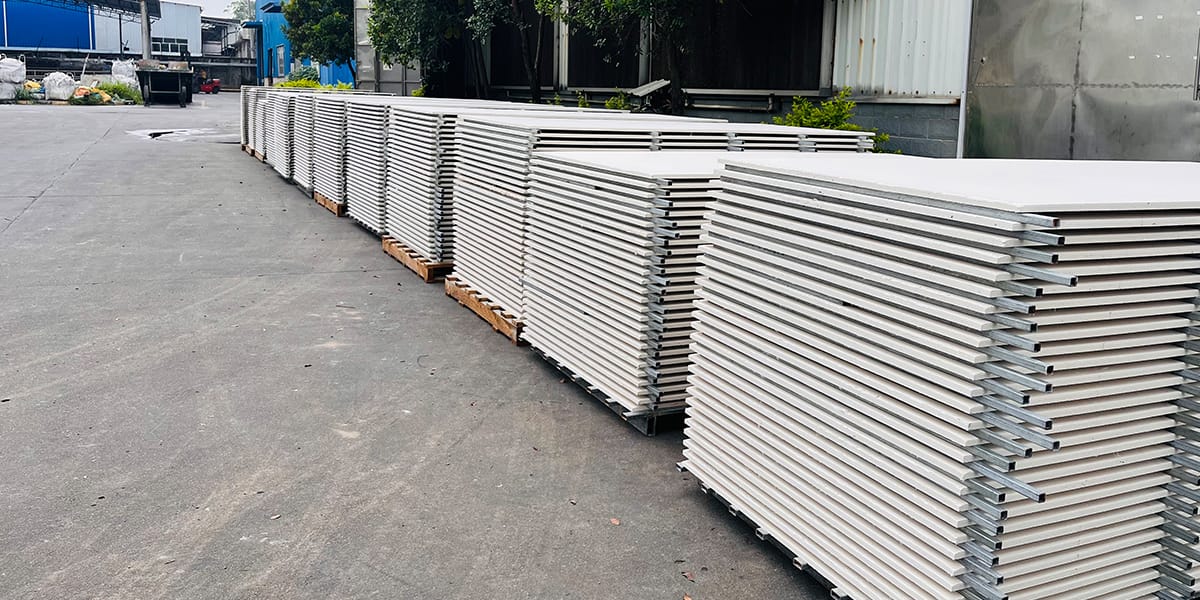 MgO Fire Resistance
MgO Fire Resistance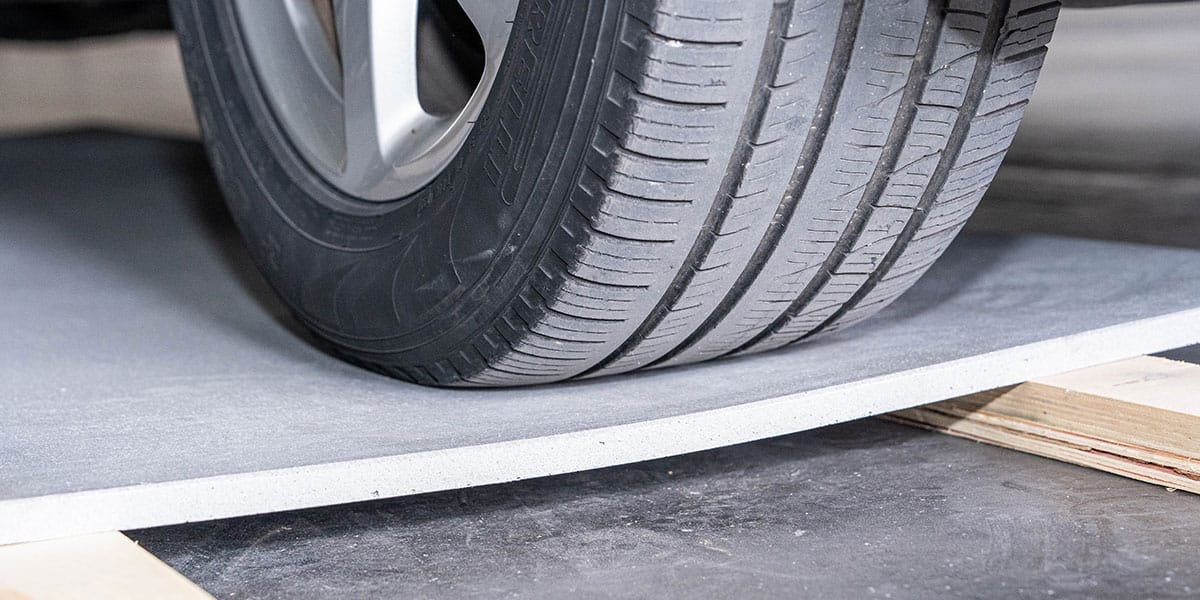 MgO Strength
MgO Strength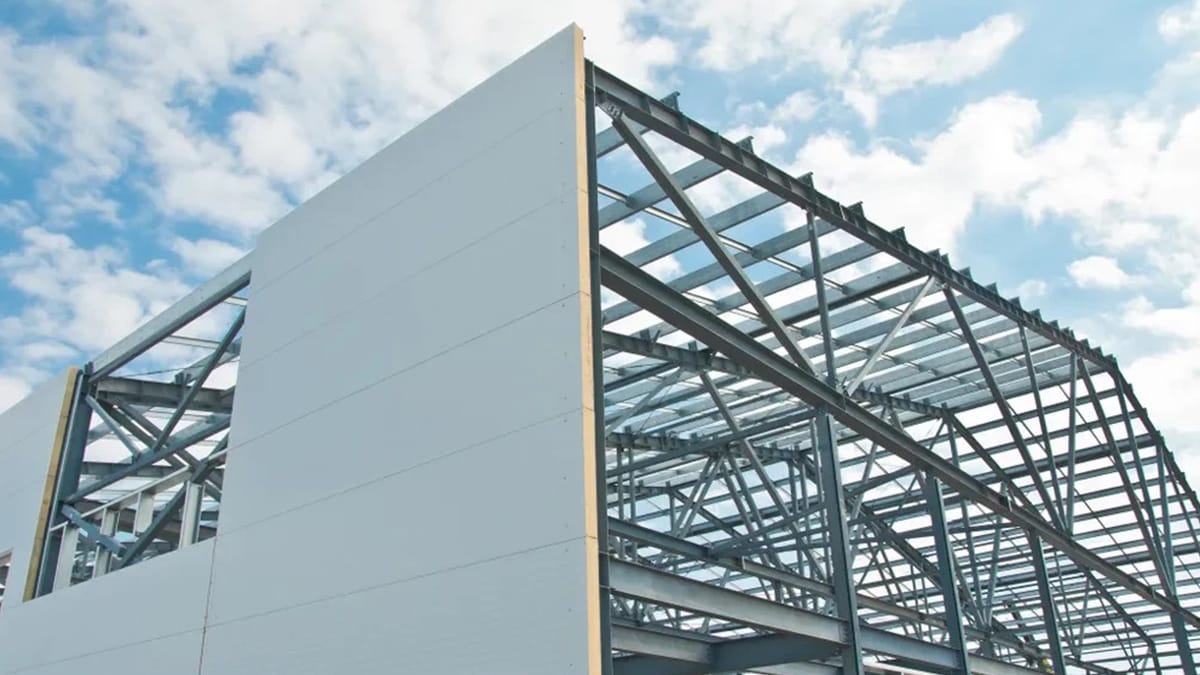 Sustainability of MgO
Sustainability of MgO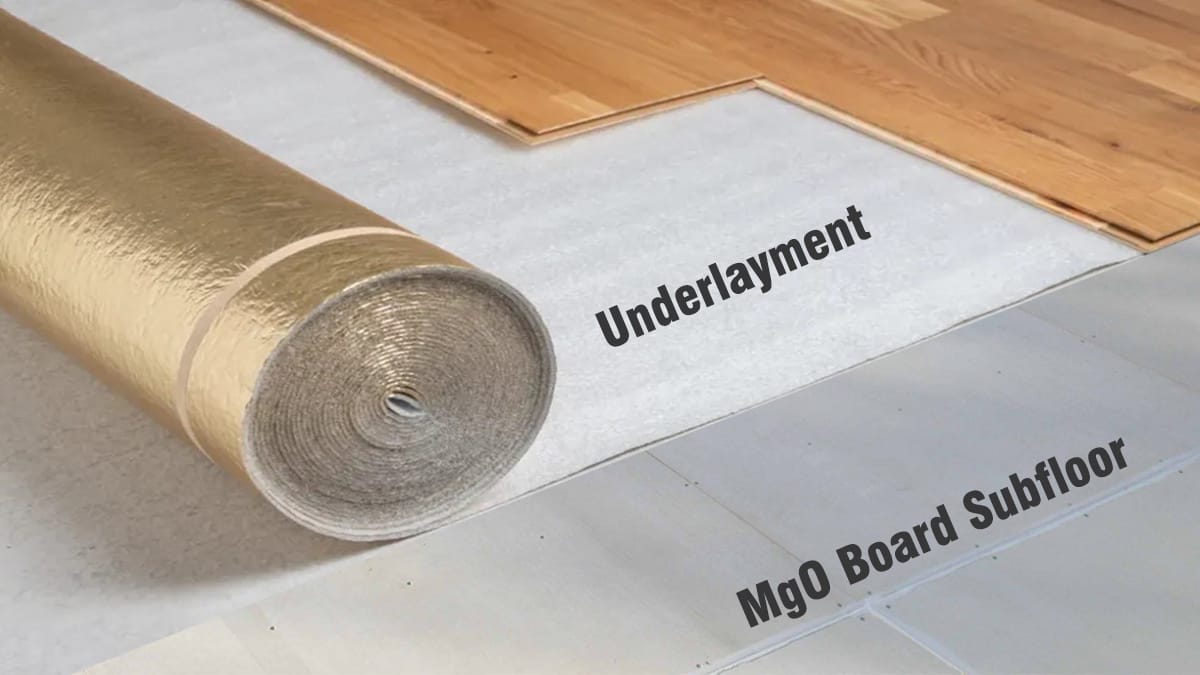 Best Uses for MgO
Best Uses for MgO